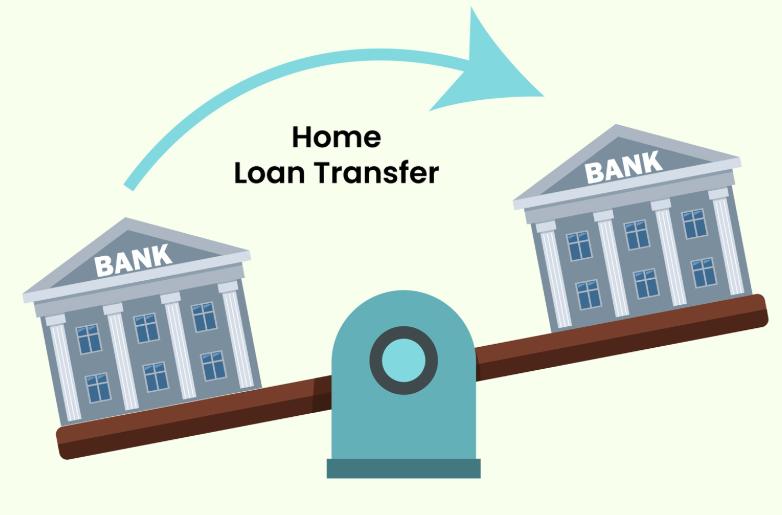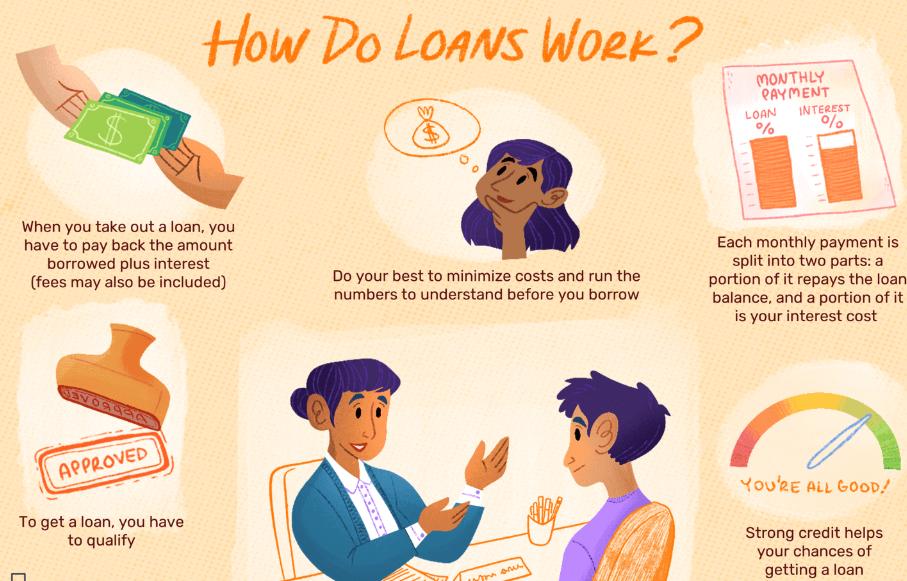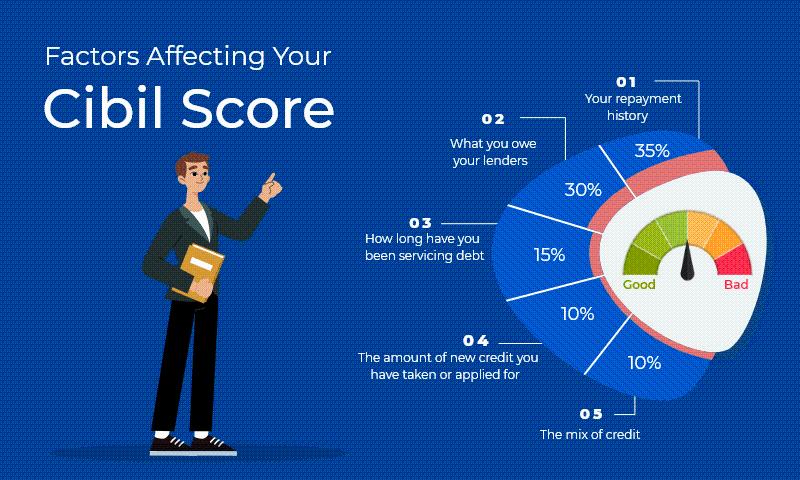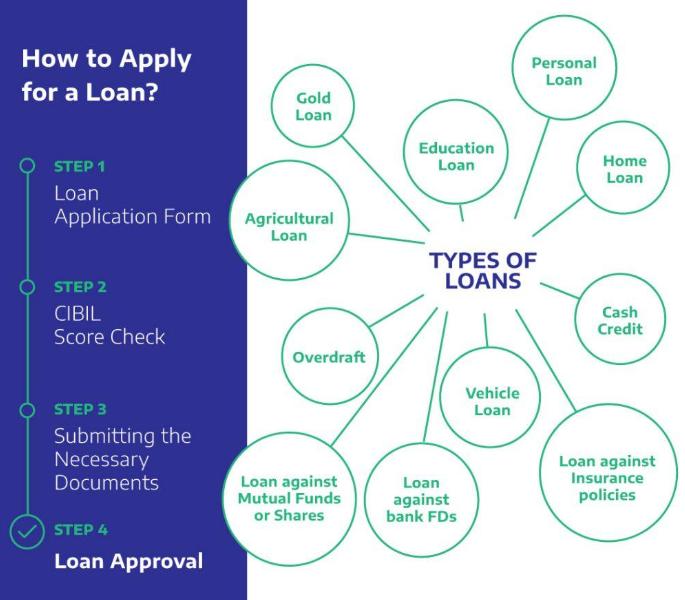




Table of Contents
- Introduction
- Is It Advisable to Transfer a Home Loan?
- Mistakes to Avoid in a Home Loan Balance Transfer
- What is the Penalty for Home Loan Transfer?
- Does Home Loan Transfer Affect Credit Score?
- Conclusion
- Faq's
Introduction
A home loan balance transfer allows borrowers to shift their existing loan to another bank or lender offering lower interest rates, better terms, or improved services. While it may seem like a smart financial move, not all home loan transfers result in savings. Many borrowers make costly mistakes, such as ignoring hidden charges, not evaluating the long-term impact, or failing to check eligibility criteria.
This guide will help you understand:
- When is a home loan transfer advisable?
- Common mistakes to avoid in a loan balance transfer.
- Penalties and charges associated with home loan transfers.
- How a loan transfer impacts your credit score.

Is It Advisable to Transfer a Home Loan?
When a Home Loan Transfer is a Good Option
- Lower Interest Rates: If a new lender offers a significantly lower interest rate, it can reduce your EMI and total interest outgo.
- Better Loan Terms: If you can get a lower processing fee, flexible tenure, or better repayment options, the transfer may be worth considering.
- Unhappy with Current Lender: Poor service, hidden charges, or lack of transparency from the current lender may justify a switch.
- Long Loan Tenure Left: A loan transfer is ideal if you have more than 10 years remaining, as the interest savings will be substantial.
When a Home Loan Transfer May Not Be Advisable
- Near the End of Loan Tenure: If you have only a few years left, the savings from a lower rate may not justify the transfer cost.
- High Transfer Costs: If the processing fee, legal charges, and penalties outweigh the benefits, staying with the current lender might be wiser.
- Drop in Credit Score: If your credit score is low, you may not qualify for better interest rates, making the switch ineffective.
Mistakes to Avoid in a Home Loan Balance Transfer
1. Not Calculating the Total Cost of Transfer
Many borrowers focus only on the lower interest rate and ignore other charges like processing fees, legal verification fees, and stamp duty, which can reduce the actual benefit of transferring the loan.
2. Ignoring the Loan Tenure Factor
A loan transfer makes sense when you have a long tenure left. If you are close to the end of your loan, the total interest savings may not be worth the switch.
3. Not Checking Prepayment Penalties
Some lenders charge a penalty for pre-closing a loan, especially for fixed-rate loans. Check with your existing lender before proceeding with the transfer.
4. Failing to Compare All Loan Terms
A lower interest rate doesn't always mean a better deal. Check:
- Hidden fees and charges
- New lender's reputation and service quality
- Flexibility in repayment and foreclosure options
5. Not Checking Credit Score Before Applying
Your credit score affects your loan eligibility and interest rate. If your score has dropped since taking the original loan, the new lender may not offer the best terms.
What is the Penalty for Home Loan Transfer?
The penalty for transferring a home loan depends on your current lender's policies and the loan type.
Charges You May Have to Pay:
Prepayment Charges:
- Floating Rate Loans: No prepayment penalty as per RBI guidelines.
- Fixed Rate Loans: Can have prepayment penalties ranging from 1% to 3% of the outstanding loan amount.
Processing Fees by New Lender:
- Typically between 0.5% and 1% of the loan amount.
- Some lenders offer waivers on processing fees for balance transfers.
Legal & Administrative Charges:
- Includes documentation, stamp duty (if applicable), and other processing costs.

Does Home Loan Transfer Affect Credit Score?
Yes, a home loan transfer can impact your credit score, both positively and negatively:
Positive Impact on Credit Score:
- If the transfer helps you reduce EMI and repay the loan more comfortably, your credit utilization ratio improves.
- Making timely payments with the new lender enhances your creditworthiness.
Negative Impact on Credit Score:
- Applying for a new loan means the new lender performs a hard inquiry, which may temporarily reduce your score.
- If you default or delay payments with the new lender, your score will be negatively affected.
Tip: If your credit score is below 700, first improve it before applying for a loan transfer to get better terms.

Conclusion
A home loan transfer can be beneficial if done at the right time and for the right reasons. However, borrowers must carefully evaluate the costs, check for hidden charges, and compare lenders before making a decision. By making an informed decision, you can maximize the benefits of a home loan transfer while avoiding common pitfalls.

explore further
Latest from Did you know?
More from Interactions
Resources
Dwello, for every home buyer, is a way to go from 'I feel' to 'I know', at no extra cost.




